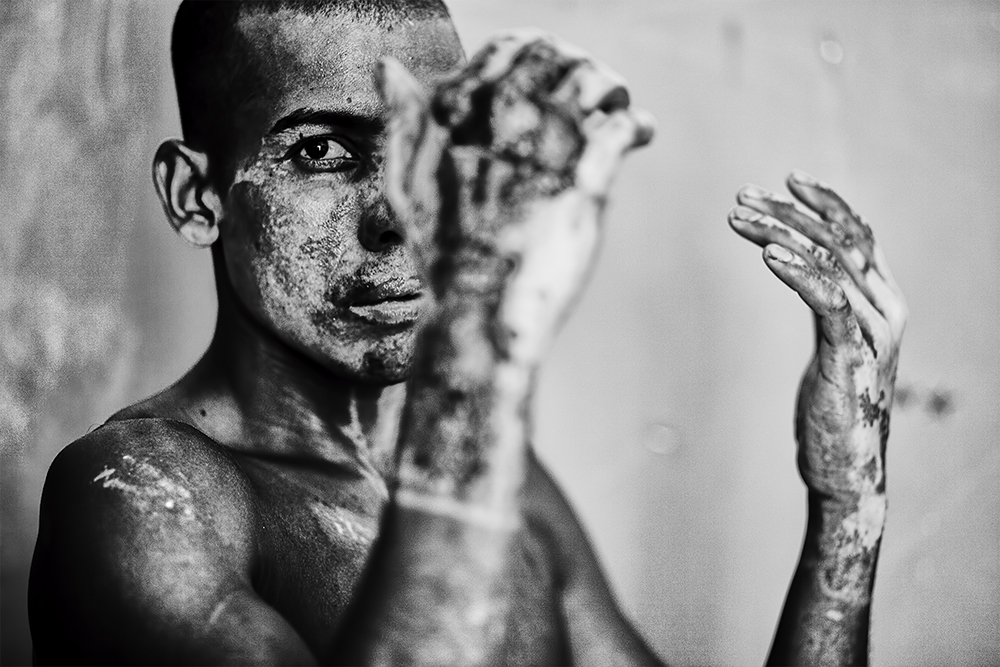All images by Saiful Huq Omi. Used with permission.
“I really do not want to go into details about my own traumatic experiences,” says Saiful Huq Omi. Omi is a photojournalist who, for the past 12 years, has been documenting the oppression and genocide of the Rohingyas. The Rohingyas are Muslim people based in Rakhine State, Myanmar. After the Burmese government revoked their citizenship, the community has been left stateless, now living a life of pain and suffering. After his first visit to the community, Omi became deeply connected to their struggle. He made it his mission to ensure their story was told. In 2018, in conjunction with Schilt Publishing, Omi released his work in the form of a photobook. However, that’s not where the story ends, and even today, he is fighting hard to get people to listen.
We spoke to Omi about the impact the work has had on him, what the future holds for the Rohingyas, and what’s next for his work on the on-going crisis.
Phoblographer: Hey Saiful. Please, can you tell us how your relationship with the Rohingya people first began?
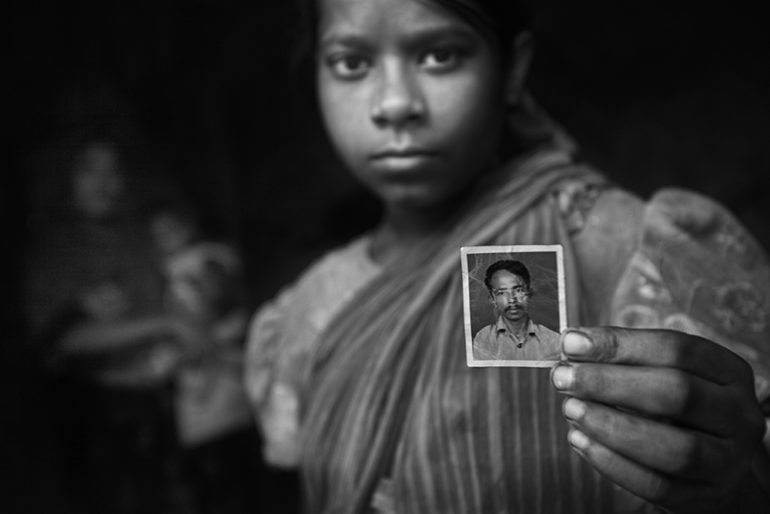
SO: The relationship began in a casual way, I would say. I was having an exhibition in a major gallery in Dhaka. During the show, the honorable Dutch Ambassador came with her friend – the country representative of UNHCR at that moment. It was in late 2008. Knowing me and my work, the Dutch Ambassador felt that I should pay a visit to the camps and see if I want to do something there. With the help of UNHCR I traveled to Coxs’ Bazar. I spent no more than 10 days on my first trip. I hardly took a photograph but interviewed hundreds of refugees. When I look back now, I realize that those stories are the reason why I spent the next 12 years of my life documenting them in Bangladesh and across the world.
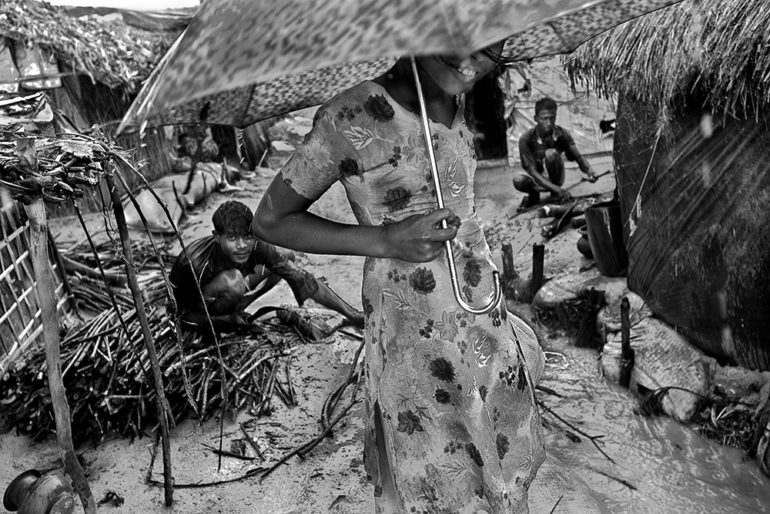
Phoblographer: Your work has been going on for quite some time. Did you ever expect to become so invested in this project when you first began the work?
SO: Surely, I did not expect that I would spend so much time on the story when I started. I now realize I actually did nothing but continuing to work on the Rohingyas for 12 years- I did lose track of time and didn’t really realize how I slowly became so obsessed with the story. I always felt almost everybody had left the Rohingyas, so I decided to stick to it.
“I have cheated death, faced arrests and detentions, and lived under international travel bans, I feel I should consider myself lucky to be alive now. “
I have done many things other than photography. I have made a few major films, and I’m now producing the last and the biggest one. I have worked as a TV reporter, I have worked as a researcher, and as an investigator. I have trained both local and International Journalists on the Rohingya issue. I have developed programs that allow 36 journalists from four countries to work under a fellowship and cover the Rohingya story. I have taught some Rohingyas photography, and one has become a professional photographer from that. He now works for international news outlets. I have organized endless workshops, lectured on the issue for hundreds of times in many different platforms over the years.
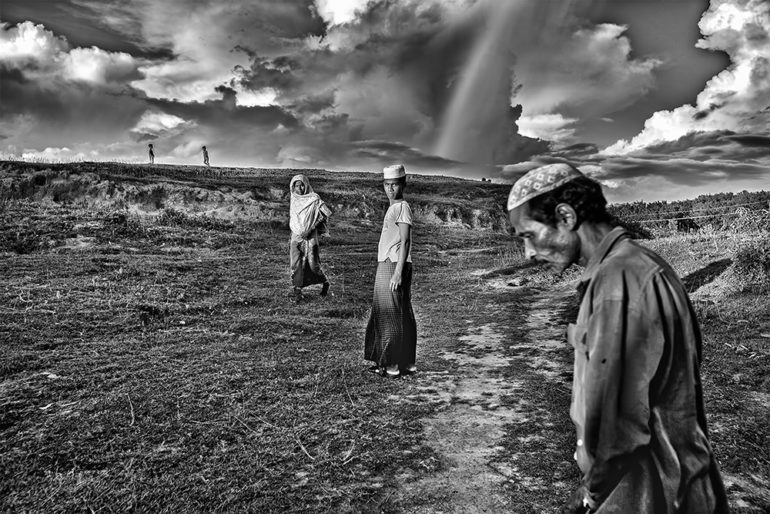
Phoblographer: The work covers abuse and tragedy. Having seen all this through the lens, what psychological/emotional impact has it had on you?
SO: I think I am going through almost similar experiences and troubles that many of the photographers go through when they do such projects. I have been diagnosed with PTSD and depression. I am currently under treatments for this.
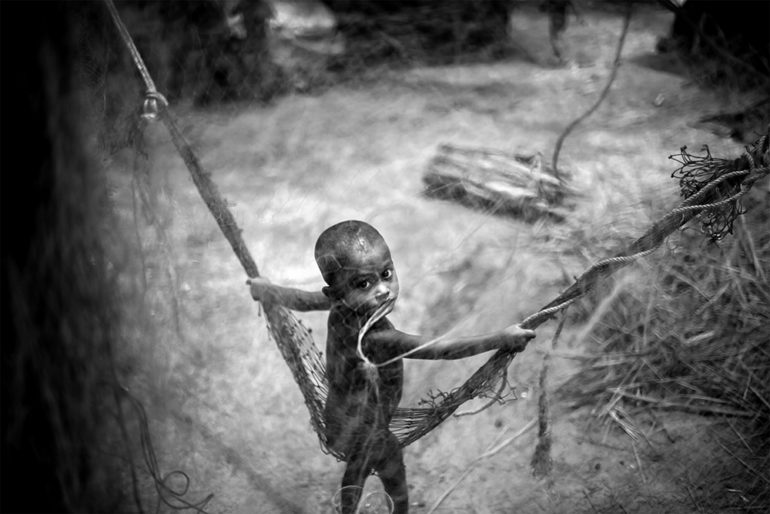
Phoblographer: How were you able to manage the impact in order to keep telling these important stories?
SO: I convinced myself that no matter what happens, I will not stop working. And after all these years, when I look back and remember how many times I have cheated death, faced arrests and detentions, and lived under international travel bans, I feel I should consider myself lucky to be alive now.
I survived and finished my job- that’s what matters at the end of the day.
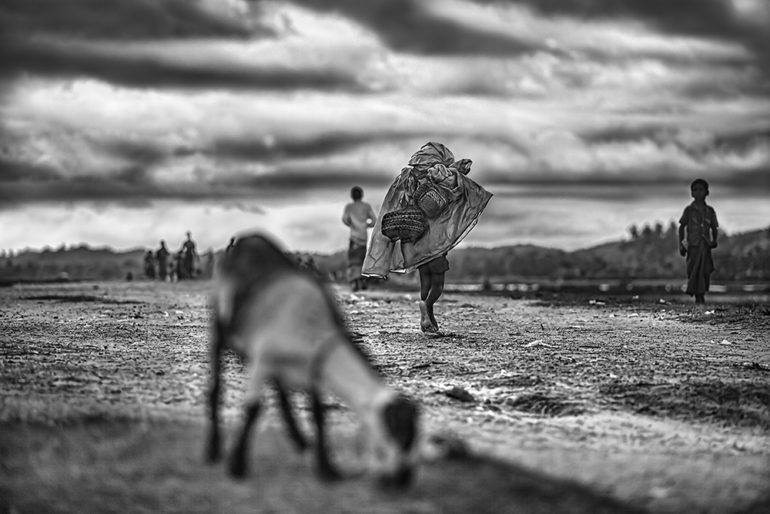
Phoblographer: How would you describe your style of shooting? What steps do you take to ensure the images are as impactful as you intend them to be?
SO: I work slow and only work when I feel I am part of the story somehow. I work when I feel I have won the trust of the people; only then will I photograph. I only work when I feel I am not an outsider. Often, I go back to the same story and the same people. I photograph them for days and months – sometimes years.
“I think when one would look at my work, they would realize that I have been welcomed into their lives and I was trusted.”
I make sure my images are seen and used by people and organizations who can make a difference. Many times, I have made sure they can use it for free. I have used texts carefully. I try not to lose an opportunity to showcase the work. And I speak about the situation at many different forums- from hardcore photography platforms to academic and human rights platforms.
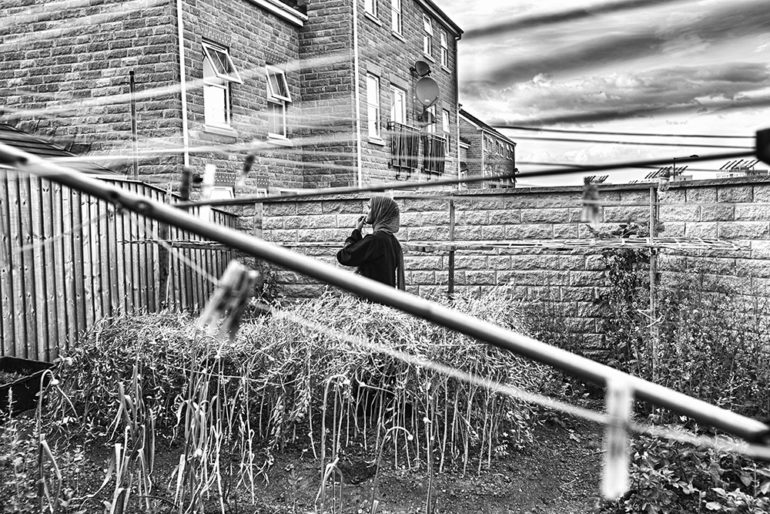
Phoblographer: In what way do you feel your photography has contributed to the ongoing situation? Have you seen any benefits?
SO: I think I managed to do a decent job eventually. I think my work is not just about the genocide but also about the complexity of the crisis. I also think I have gone way beyond documenting the violations of human rights and the human brutality only – but I have also documented the day to day life of the Rohingyas across the world.
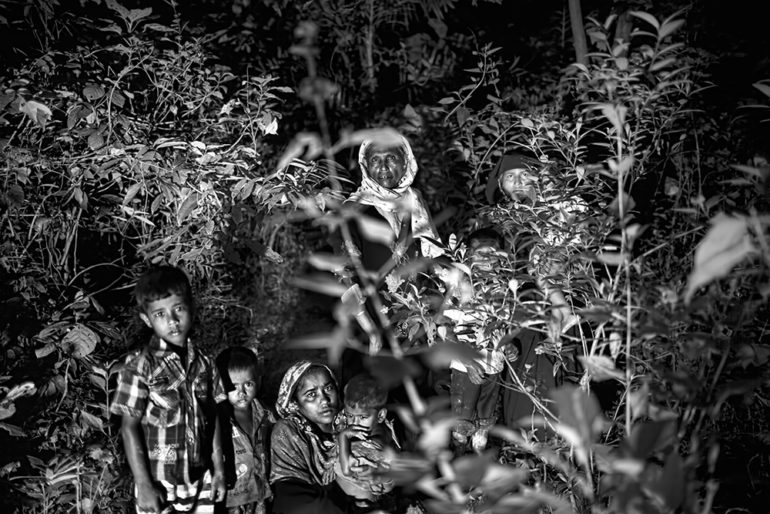
Phoblographer: As time goes by and the issues continue, what keeps you motivated to do the work?
SO: Hope and trust in humanity. What do we have, if we do not have hope? Hope that the Rohingyas will one day go back to their motherland. They will live as human beings with dignity, and the perpetrations will be brought to justice.
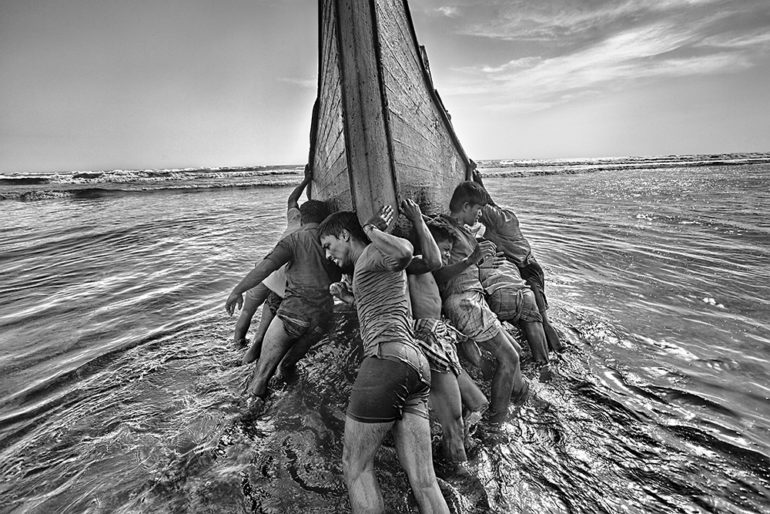
Phoblographer: During your time creating the work, did you build special bonds and relationships with any of the Rohingya people?
SO: Yes, I have. And with many of them.
Phoblographer: How did this impact the way you approached the work?
SO: I think when one would look at my work, they would realize that I have been welcomed into their lives and I was trusted. The photographs should testify.
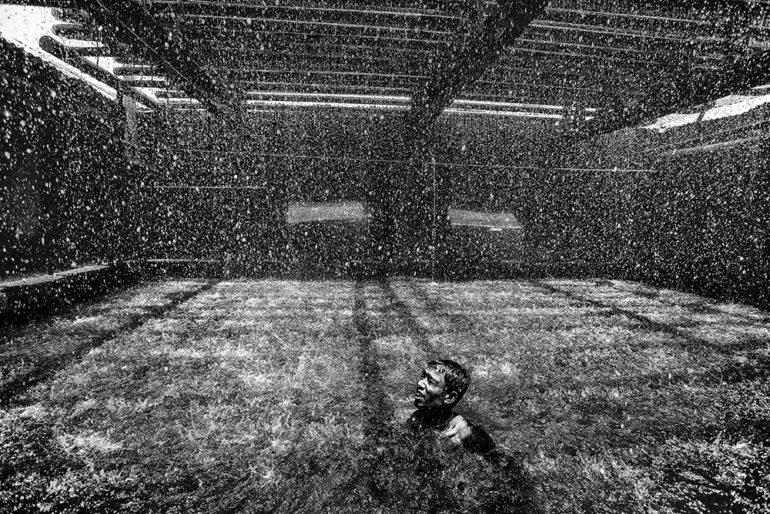
Phoblographer: From your photographs and videos, what’s the most important thing you would like people to take away from viewing the story?
SO: The story of a human community that has been deprived of every kind of human rights for decades. And also the story and history of a global political culture of silence over a genocide.
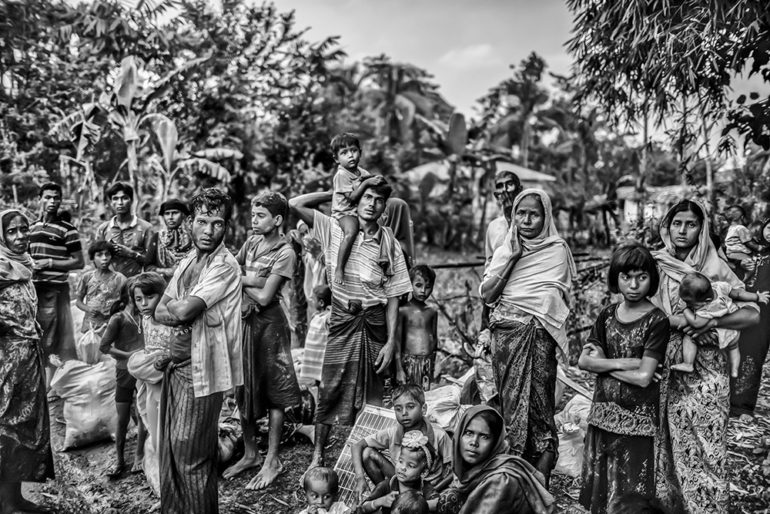
You can purchase Omi’s book I Am Rohingya on Amazon and Schilt Publishing.


